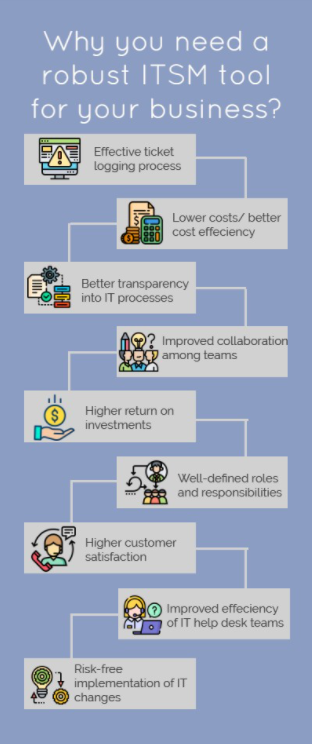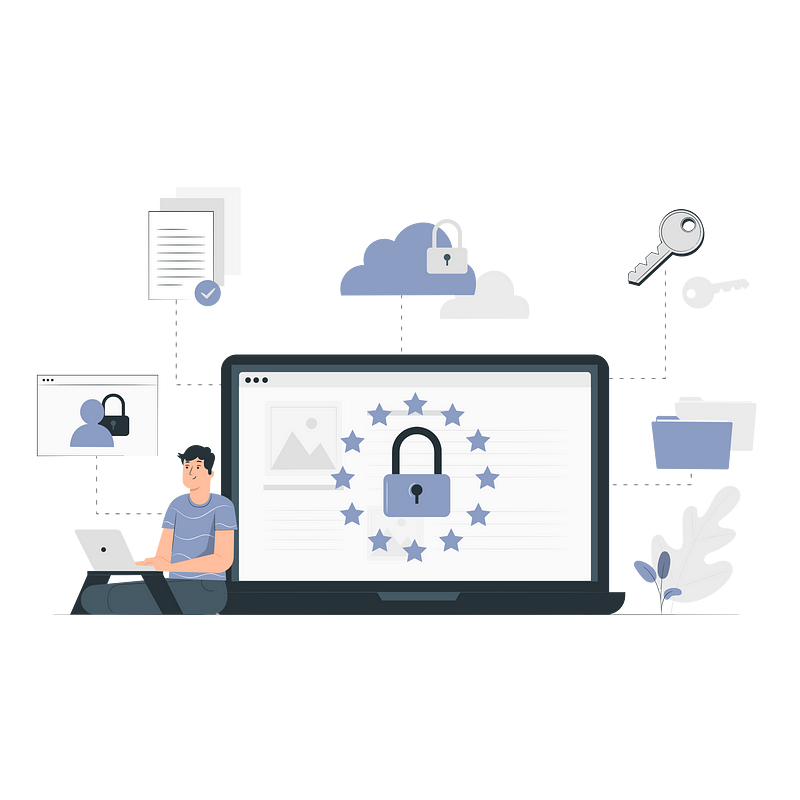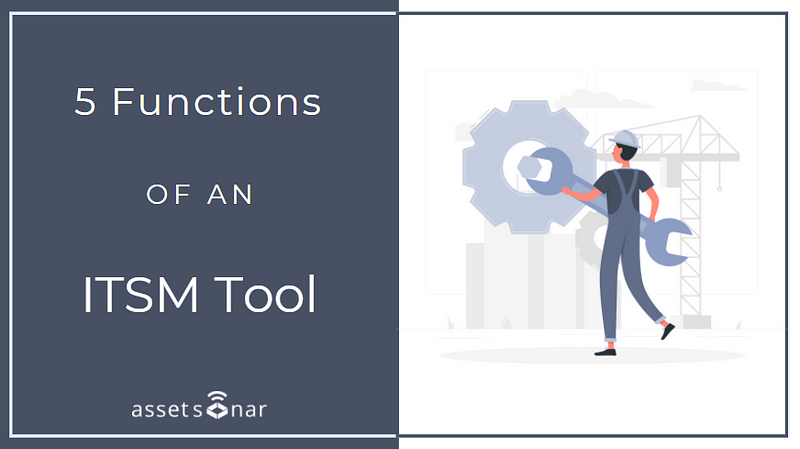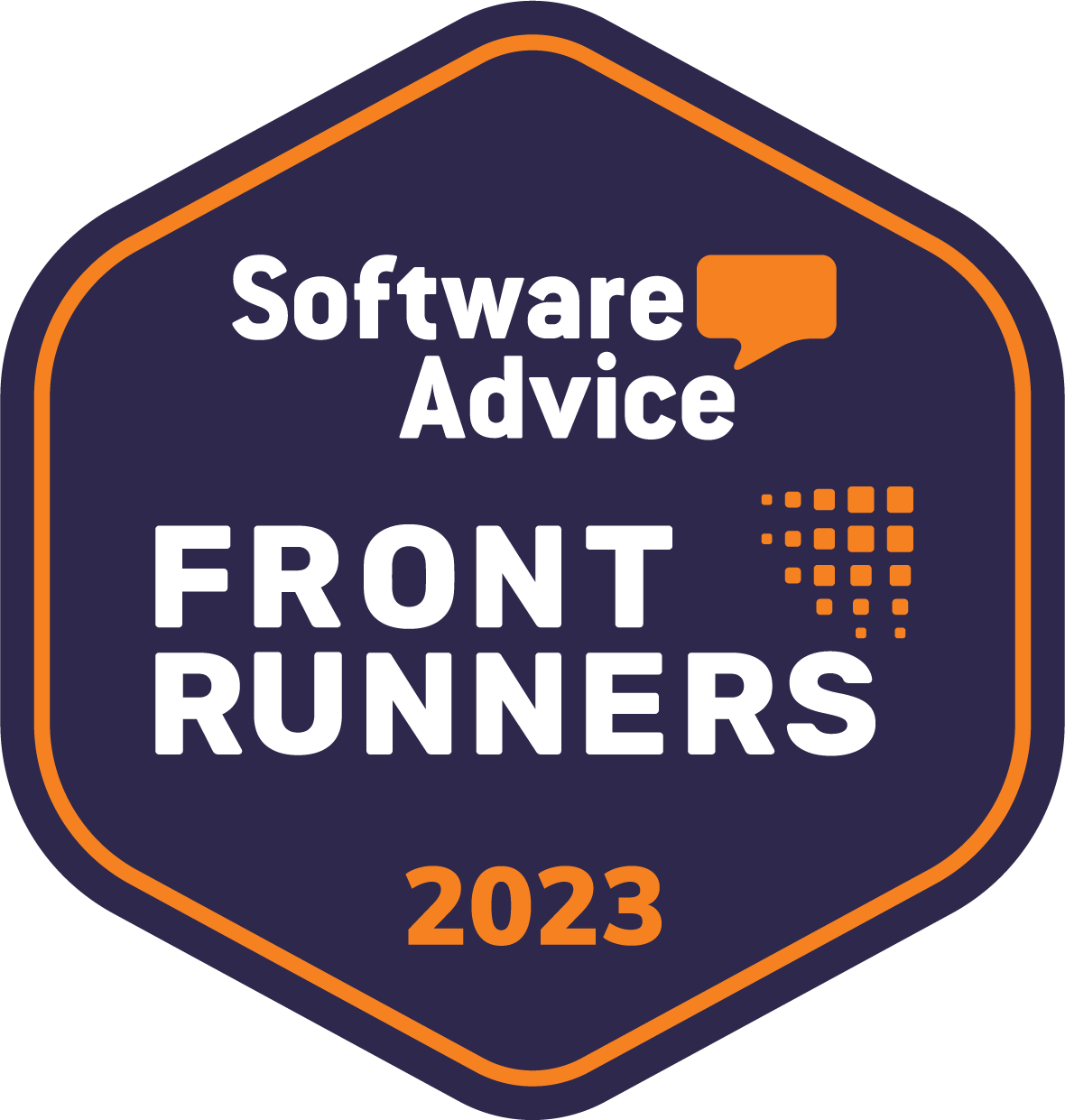As organizations worldwide are rapidly undergoing a digital transformation, they are becoming increasingly dependent on internal IT processes to efficiently perform operations and deliver business-critical services. With IT embedded in almost all day-to-day operations, many organizations are making their way towards digitizing their internal processes.
With so much at stake, the responsibility of navigating digital transformation falls on the shoulders of IT leaders. In this regard, the adoption of an IT Service Management (ITSM) tool can help centralize this modernization across the entire business — from prioritizing customer requests to standardizing internal business processes.
Unlock business potential with an ITSM tool
Centralized IT service management gives you the opportunity to enhance the user experience, optimize business processes, improve efficiency, offer data-driven insights, and reduce overhead costs. With the right ITSM tool, you can extend service management capabilities beyond IT and derive value from other operations as well.
Why implementing an ITSM tool is important now more than ever?
In the ever-evolving technological landscape, it is important that organizations align themselves with emerging business needs and provide exceptional services at a lower cost.
Here are a few reasons why ITSM tool implementation is crucial in today’s age:
1. Providing a process-oriented approach, an ITSM solution will align the service delivery tasks with your organizational needs. From processes like request fulfillment to change management, it will help you standardize processes and create transparency and accountability for service delivery, hence encouraging optimized outcomes.
2. With IT service management in place, you will be able to clearly define the responsibilities and participation of your employees in service delivery processes.
3. An ITSM tool gives you control and oversight of crucial functions that deliver high business value. It helps you ensure that routine tasks are completed on a required schedule, new changes are approved and standardized through proper channels and that information is being reported in real-time.
4. ITSM coupled with a robust ITAM tool allows you to monitor software usage on your network. It tracks the lifecycle of your hardware assets so you can maximize their value and make strategic procurement decisions.
5. With an ITSM tool in place, incidents take a shorter time to get resolved due to formalized processes and you can also have a clear path for the implementation of new services.

5 ways ITSM tool can enhance your IT service management workflows
Below, we mention the five common functions that can be enhanced with an ITSM tool, thereby giving your business a huge competitive edge:
1. Streamline IT processes
IT teams are usually at the center of business management, supporting the demand for new services, enhancements, or application changes. With IT service management software, IT teams can easily keep track of business requests for new technology, enhancements, and bug reports.
If your ITSM tool is integrated with a robust ITAM solution, your teams can better communicate, collaborate and manage projects. Investing in an ITSM platform improves the maturity of your business and financial process management.
2. Optimize costs
Integration of an ITSM tool throughout your organization also ensures cost transparency and management of business spend. This allows you to better manage your projects/services, encourage standardization, and increases the visibility of IT assets and control of resources. Implementation of an ITSM tool will help you reduce maintenance and management costs by automating your operational processes.
With proper implementation, your ITSM tool becomes a platform that enables services, updates, events, incident management, and provisioning for the entire business. You no longer need several platforms to manage all these processes. Instead, IT service management with ITSM tool becomes more holistic, encompassing both internal and external IT processes.
3. Enhance transparency

If you are using different tools for managing service requests, projects, customer service, and tracking time, it may prevent you from accessing a consolidated view of the demand pipeline, real-time operational status, and organization-wide visibility on projects and services. On the other hand, implementing a consolidated ITSM solution across the organization can ensure cross-team collaboration, visibility into resource and asset availability, and value-driven decision making.
4. Improve operations
An efficient ITSM tool allows you to monitor and maintain the health of your IT infrastructure, standardize preventive maintenance, and hence, eliminate downtime. The key aspects of operational management that you can automate via ITSM are: monitoring solutions, cybersecurity protocols, identity management, performance monitoring, and asset discovery. Your employees can optimize their service operations through a cloud-based ITSM platform for further automation.
5. Tighten cybersecurity

While cybersecurity defenses encompass almost all aspects of your organization, the execution and implementation of these defenses can be streamlined by IT service management. You can pull cybersecurity and ITSM together using approaches like ISO 9001, ISO/IEC 20000–1, RESILIA, and ITIL. The business areas where ITSM and cybersecurity practices together can make a significant impact are as follows:
- Data governance: Effective IT service management ensures that the needs of all stakeholders are taken into account and the cybersecurity practices meet the needs of the business. With an ITSM tool in place, you can standardize the cybersecurity direction, policies, and rules to ensure that everyone’s relevant responsibilities and roles are aligned and streamlined. You can monitor the inbound and outbound network traffic across your organization and can deviate the traffic according to your specific cybersecurity rules.
- Availability management: The availability of information to the right people at the right time is crucial for cybersecurity. In order to avoid cyber threats like distributed denial of service attacks, crypto locker, or ransomware, IT service management tools enable measuring and reporting cybersecurity threats. This ensures the availability of information to the right people while avoiding conflicts and duplication. With an ITSM tool in place, you can also specify customized user roles with unique permissions and access requirements to ensure that only the authorized personnel can access the relevant data.
- Incident management: To enable rapid and reliable recovery from a cyberattack, ITSM tools can standardize protocols for incident management. With ITSM protocols, you can provide support to users, restore services and eliminate downtime as quickly as possible. ITSM provides a framework for incident management to ensure that security incidents are avoided, contained, and escalated in the best way possible.
The Shifting ITSM Landscape — Remote Work Environment
As this pandemic has driven a shift to remote working on a global scale, it has also accelerated the need for ITSM capabilities that support work from home. Aspects like knowledge base management, remote incident management and self-service support — which many traditional ITSM didn’t have — are now must-have capabilities for robust ITSM tools. Some of these capabilities are as follows:
– 24/7 support availability
– Self-logging and self-resolution options
– Ability to capture, share, and reuse knowledge
– Chatbots, virtual agents, and intelligent ticket handling
– Trend identification and decision support
The rapidly evolving nature of today’s work environment makes it even more essential for enterprises to implement a dedicated ITSM tool so IT teams can efficiently deal with business processes in time.
Read more: Key Features of Powerful ITSM Software And How It Benefits Your Business
About AssetSonar
AssetSonar is the leading ITSM software used by IT-intensive organizations and businesses all over the globe.
Sign up today for a free 15-day trial.
For more assistance, drop us an email at support@ezo.io. You can also visit our blog for detailed support posts.
Join the Conversation: Twitter | Facebook









